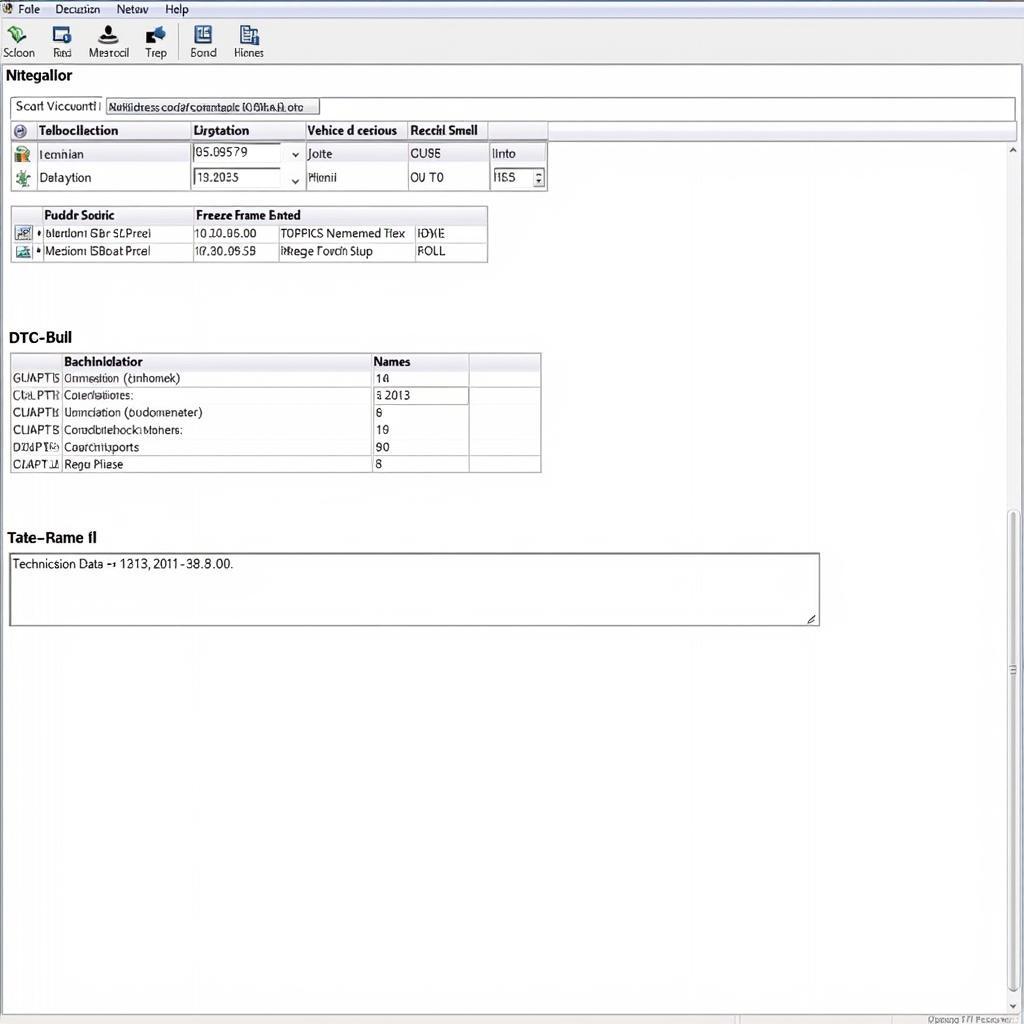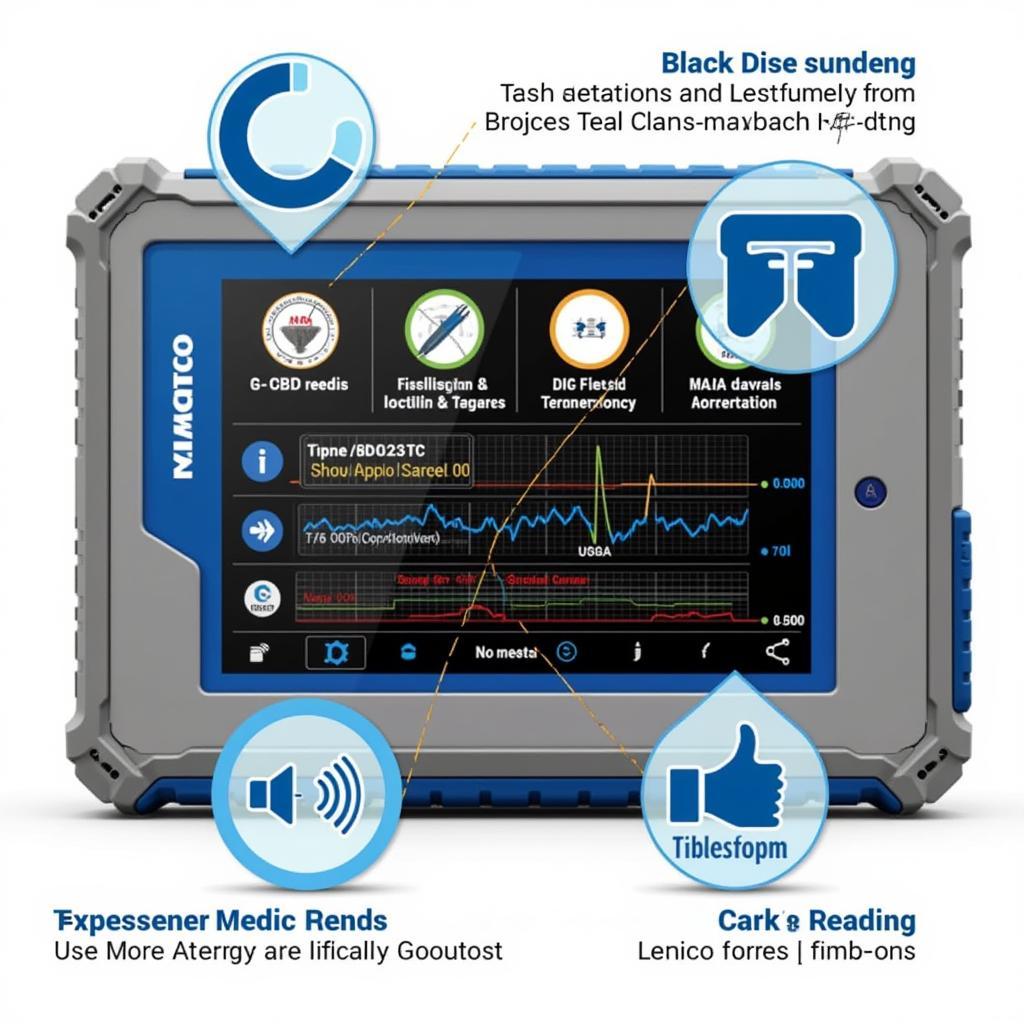In today’s digital landscape, where data breaches and cyberattacks are rampant, ensuring the security of sensitive information is paramount. This is especially true for businesses that handle credit card data, as they are obligated to comply with the Payment Card Industry Data Security Standard (PCI DSS). A crucial aspect of this compliance involves regularly scanning your systems for vulnerabilities using a reliable Pci Dss Scan Tool.
Why Use a PCI DSS Scan Tool?
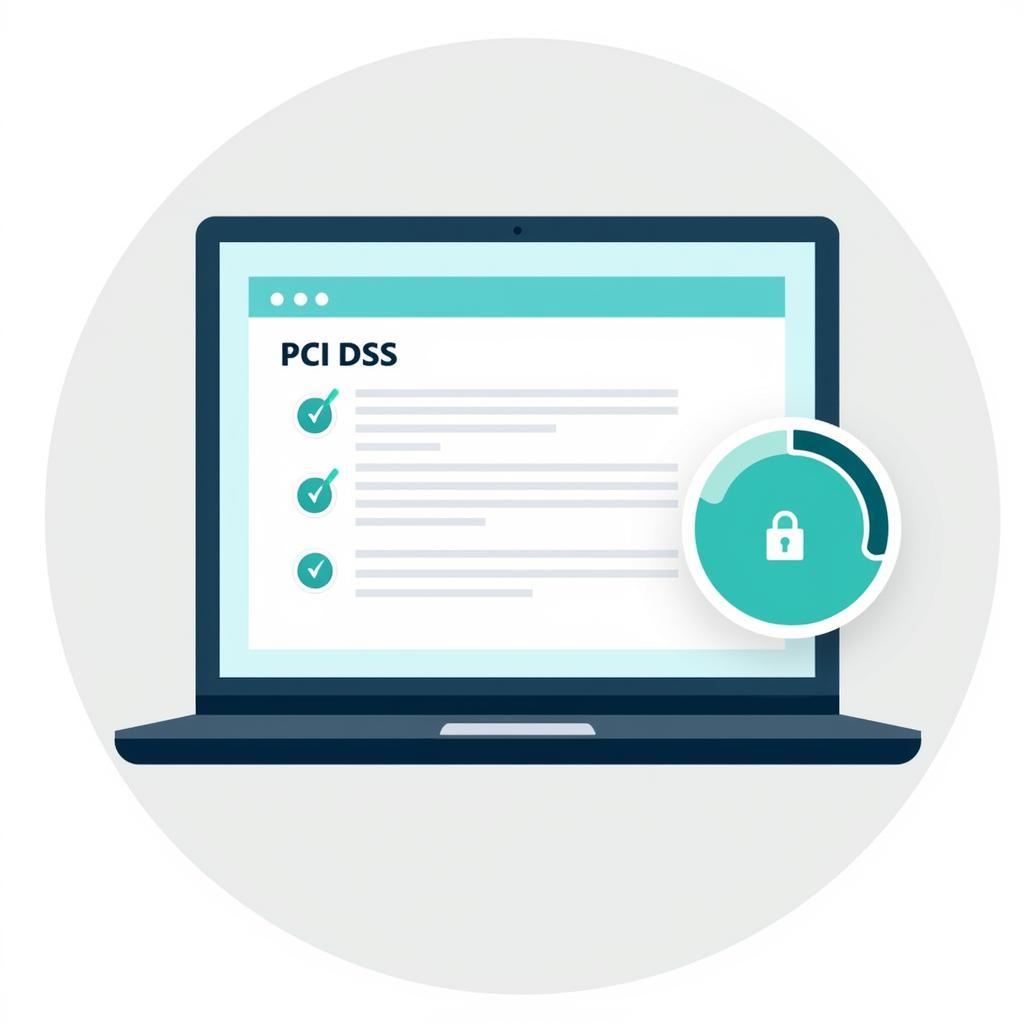 PCI DSS Compliance Scan
PCI DSS Compliance Scan
The primary reason for using a PCI DSS scan tool is to identify and remediate security weaknesses in your systems and applications that handle cardholder data. These tools help you:
- Identify vulnerabilities: Discover weaknesses in your network, systems, and applications that hackers could exploit.
- Maintain compliance: Regular scans are mandatory for PCI DSS compliance and provide proof of your security posture.
- Reduce the risk of data breaches: By finding and fixing vulnerabilities, you minimize the chances of suffering a costly data breach.
- Improve security awareness: Regular scans highlight areas where your security needs strengthening, improving overall awareness.
Key Features of Effective PCI DSS Scan Tools
While the market is flooded with numerous PCI DSS scan tools, not all are created equal. An effective tool should offer:
- Comprehensive Scanning Capabilities: The tool should scan your entire cardholder data environment (CDE), covering networks, systems, applications, and databases.
- Accuracy and Low False Positives: An ideal tool should accurately pinpoint vulnerabilities while minimizing false positives that require manual verification and waste resources.
- Remediation Guidance: The tool should not only identify vulnerabilities but also offer actionable remediation advice to fix them effectively.
- Detailed Reporting and Analytics: Look for tools that provide detailed reports on scan findings, trends, and compliance status, enabling informed decision-making.
- Integration and Automation: The tool should seamlessly integrate with your existing security infrastructure and allow for automated scanning schedules.
Types of PCI DSS Scan Tools
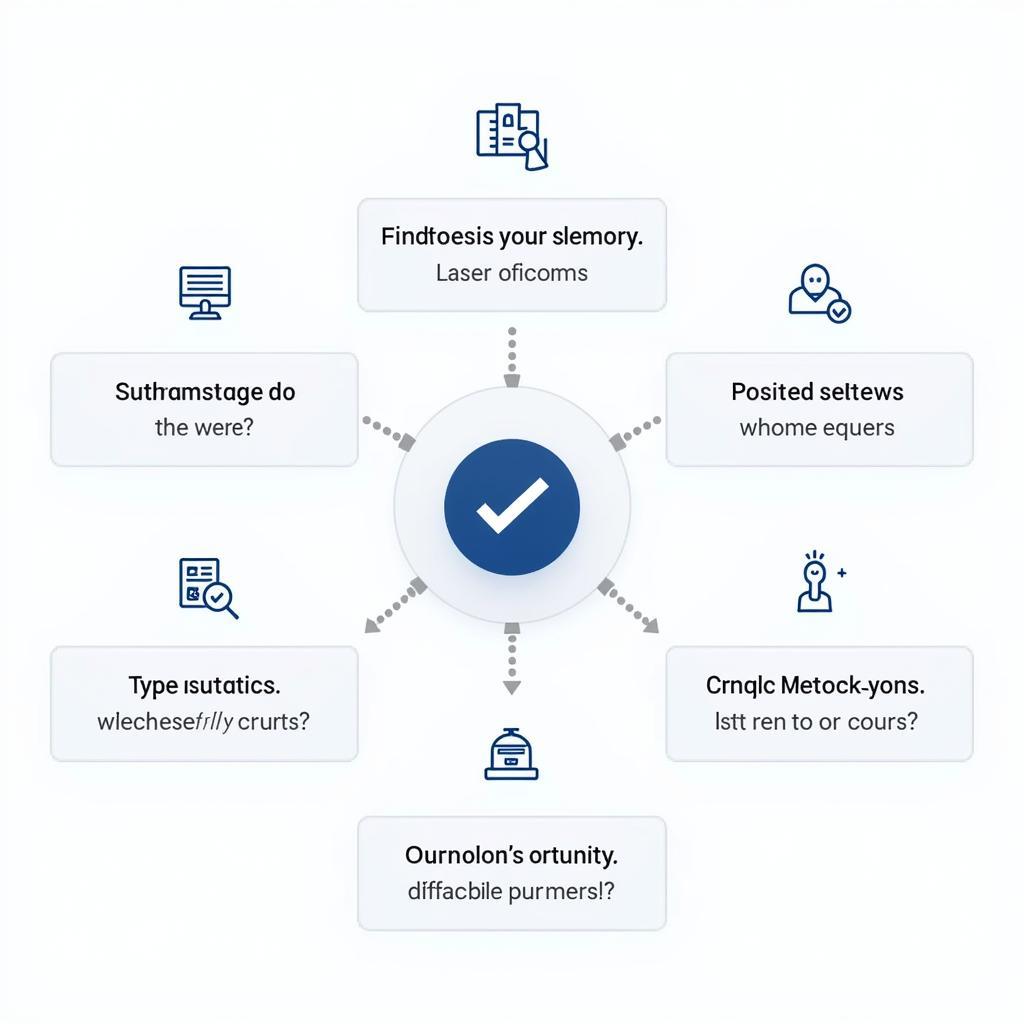 Different Types of Security Scan Tools
Different Types of Security Scan Tools
Different types of PCI DSS scan tools cater to specific needs and environments. Some common types include:
- Network Security Scanners: These tools scan your network infrastructure for open ports, misconfigurations, and known vulnerabilities in network devices.
- Web Application Scanners: Specifically designed to identify vulnerabilities in web applications, such as cross-site scripting (XSS) and SQL injection.
- Database Scanners: These tools scan databases containing cardholder data for misconfigurations, access control issues, and SQL injection vulnerabilities.
- Vulnerability Scanners: Offer a broader approach by scanning various IT assets, including networks, systems, and applications, for known vulnerabilities.
Choosing the Right PCI DSS Scan Tool
Selecting the appropriate tool depends on various factors, including:
- The size and complexity of your organization: Smaller businesses may benefit from simpler tools, while larger enterprises might require more sophisticated solutions.
- Your specific security needs and risk appetite: Consider your industry, the sensitivity of the data you handle, and your tolerance for risk.
- Your budget: PCI DSS scan tools range in price, from free open-source options to enterprise-grade solutions with subscription-based pricing.
- Ease of use and deployment: Choose a tool that aligns with your technical expertise and can be readily integrated into your existing environment.
Best Practices for Using PCI DSS Scan Tools
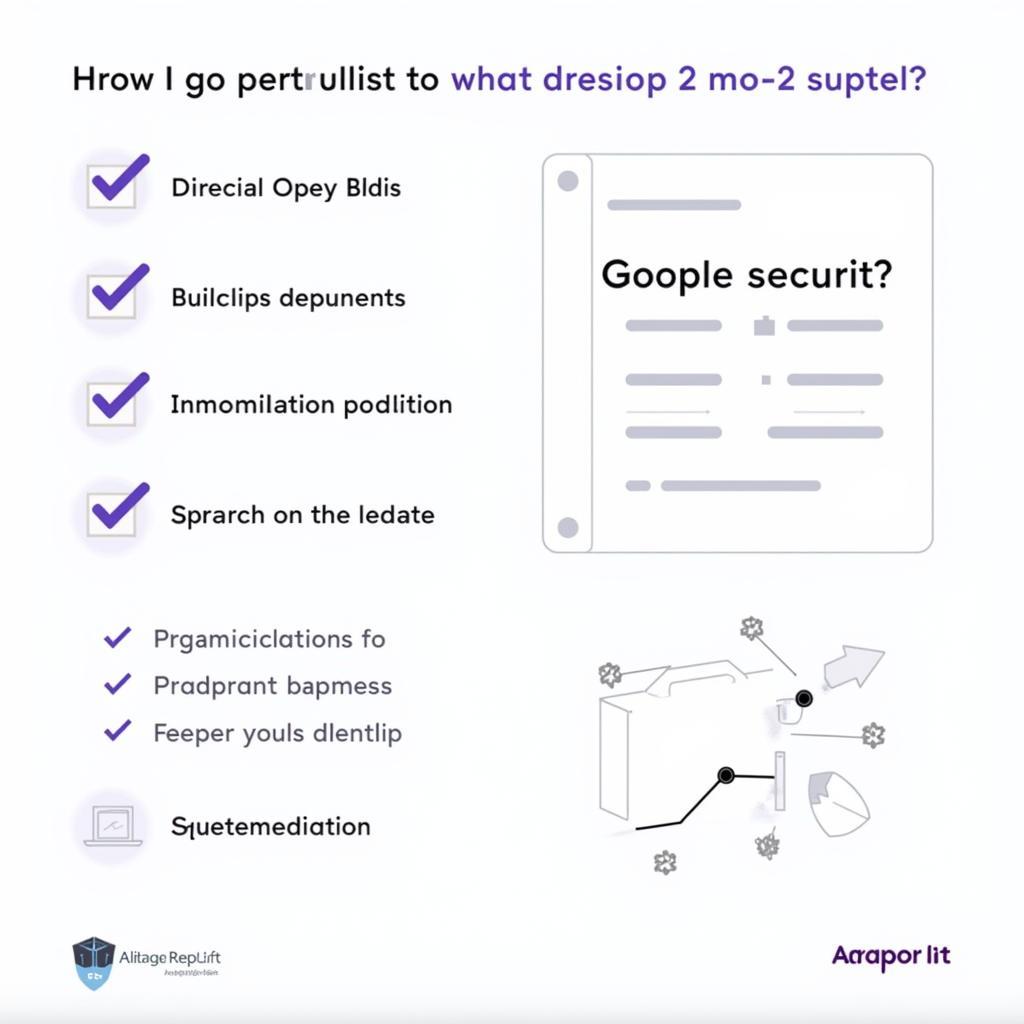 Best Practices for Using PCI DSS Scan Tools
Best Practices for Using PCI DSS Scan Tools
To maximize the effectiveness of your chosen tool, consider these best practices:
- Establish a regular scanning schedule: Conduct scans at least quarterly or after any significant changes to your environment.
- Scope your scans appropriately: Ensure you are scanning your entire CDE, including all systems, applications, and networks that store, process, or transmit cardholder data.
- Remediate vulnerabilities promptly: Address identified vulnerabilities as quickly as possible to minimize your exposure to attacks.
- Document your scanning process: Maintain detailed records of your scans, findings, and remediation efforts for compliance purposes.
Conclusion
Selecting and implementing the right PCI DSS scan tool is crucial for maintaining PCI DSS compliance and safeguarding sensitive cardholder data. By understanding the different types of tools, their features, and best practices for their use, you can significantly strengthen your security posture and reduce the risk of costly data breaches. For expert guidance on choosing the ideal PCI DSS scan tool for your unique requirements, don’t hesitate to contact ScanToolUS at +1 (641) 206-8880 or visit our office at 1615 S Laramie Ave, Cicero, IL 60804, USA.
Looking for powerful security code scanning tools? Explore our range of security code scanning tools designed to enhance your security posture. We also offer comprehensive azure security scanning tools to protect your cloud environment. Need to ensure code integrity? Our selection of veracode scan tools can help. Find the best tool to scan website for vulnerabilities from our curated list. We also provide a variety of web server scanning tools to safeguard your online presence.

